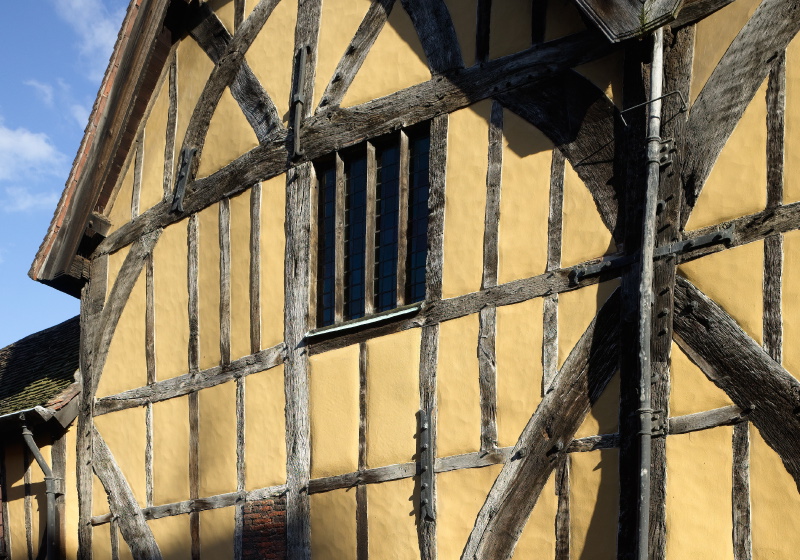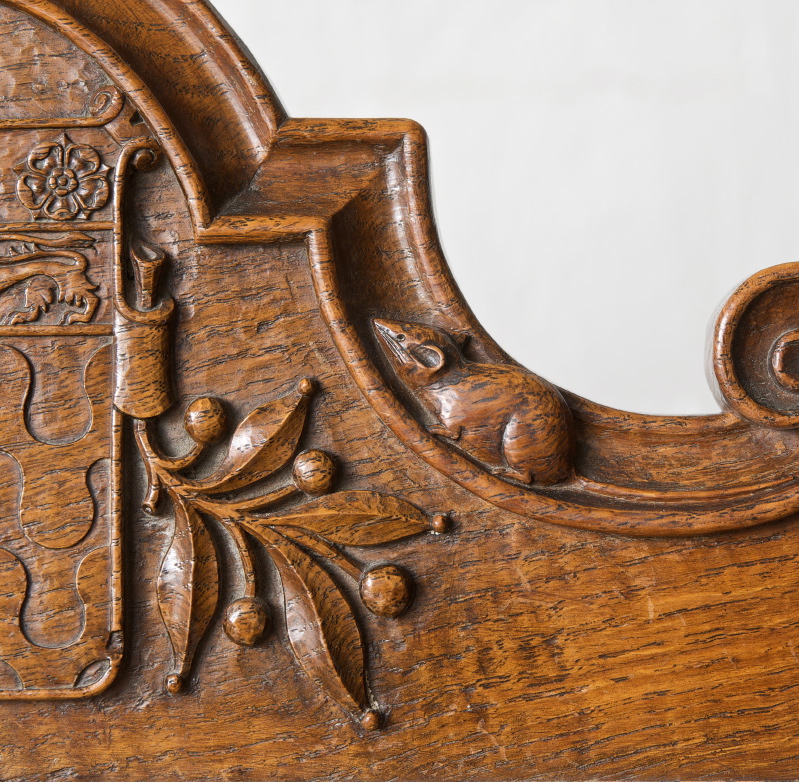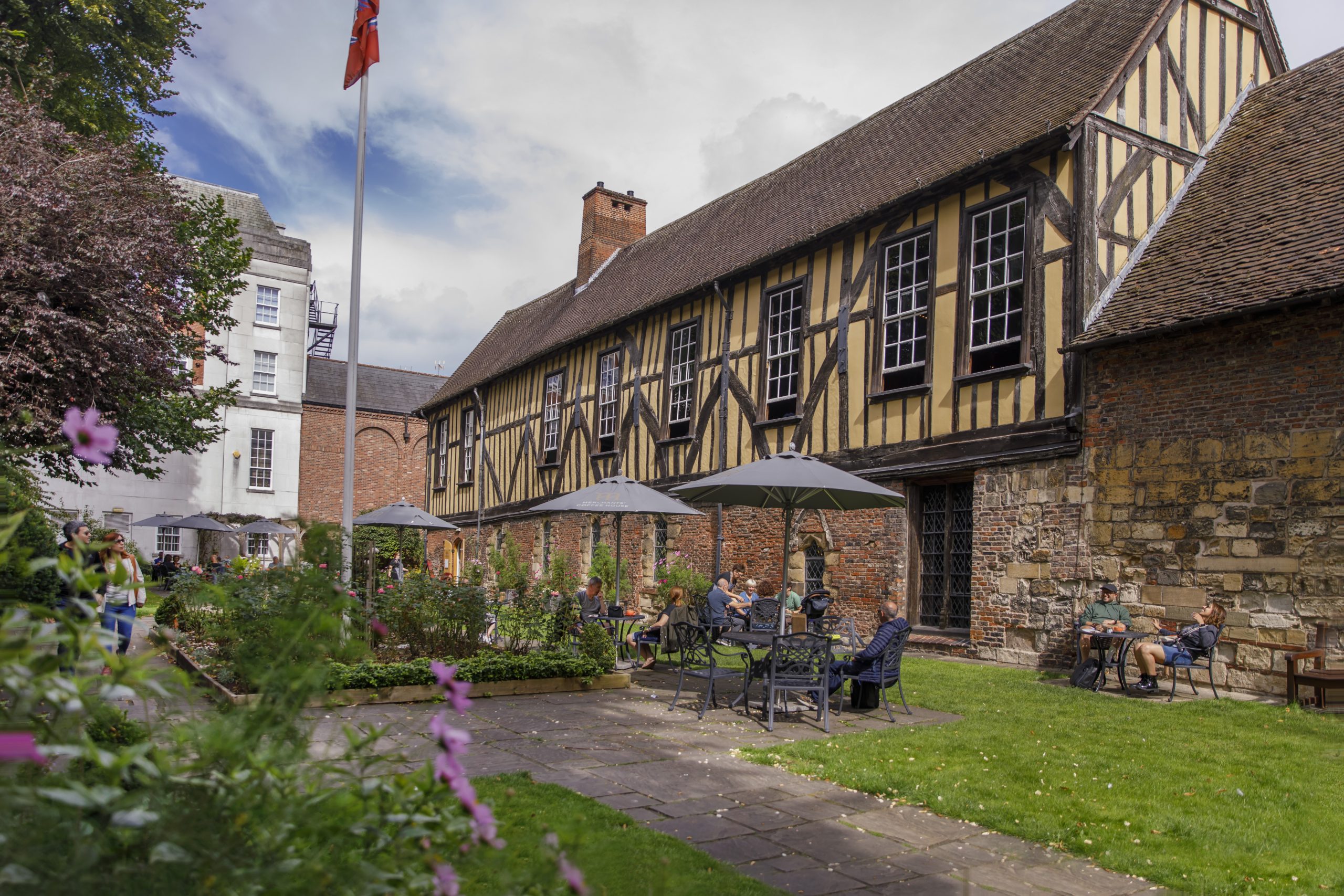Get more from your visit with our brand new digital guide!
The Hall has launched a new digital guide where you will be able to discover more about the rich history of the Hall and its fascinating and unique collections. The free guide joins more than 350 cultural institutions around the globe on the Bloomberg Connects app.
The Bloomberg Connects app is a free digital guide to cultural organisations around the world that makes it easy to access and engage with arts and culture from mobile devices, anytime, anywhere.
To download the free app, scan the QR code below or click this link. Once downloaded, open the app, search for Merchant Adventurers’ Hall or scroll down and click our logo to start exploring the guide. Use the map to navigate the Hall and to find key topics and collections.

The Hall
The Merchant Adventurers’ Hall is of major national importance and is a Grade I Listed building and Scheduled Ancient Monument. It was built between 1357 and 1361, before most of the craft or trade guild halls in Britain, making it one of the largest buildings of its kind and date in Britain.
It is very unusual to be able to see in one building the three rooms serving the three functions of a medieval guild; business and social in the Great Hall, charitable in the Undercroft and religious in the Chapel.
The Collections
The walls of the Hall are hung with a number of oils, watercolours, prints and drawings depicting significant York men and women, royalty and scenes of York and further afield. The Hall’s collection of oil paintings are available to view on the Art UK website – the online home for every public art collection in the UK.
The Merchant Adventurers own a number of interesting pieces of furniture. The oldest piece is the ‘Evidence Chest’ from the 13th century whilst one of the newest is the Governor’s Chair, made by Robert Thompson, ‘The Mouseman of Kilburn’ in 1940.
The Hall is also home to two outstanding collections of silver; one of which was made and hallmarked in York.
The Gardens
The gardens are a new addition. The land around the Hall was for centuries full of houses and shops with a track way or road running down to the River Foss. The gardens were formed in 1918 as a Rest Garden for the people of York after the First World War and continue to be open for everyone to enjoy.
They are also the base for al fresco dining in the summer months when the Merchants’ Coffee House serves tasty meals, hot and cold drinks and delicious cakes and snacks.





